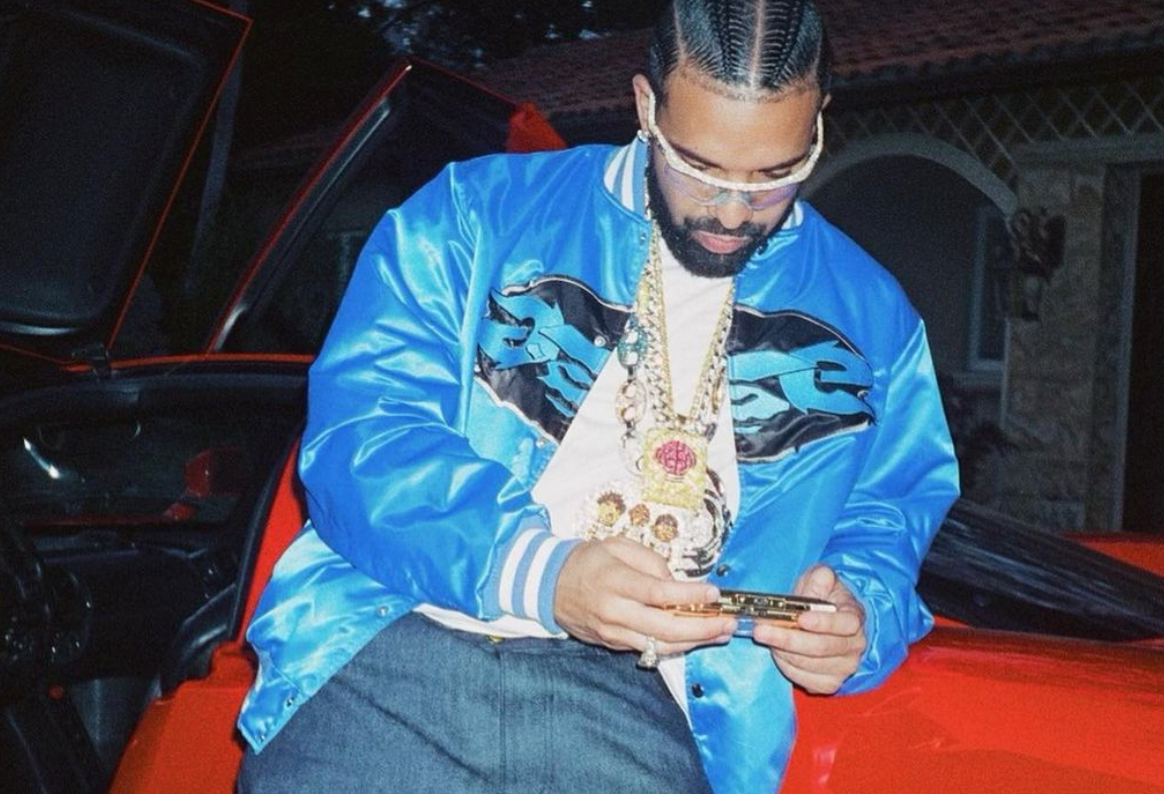HOW JONATHAN ANDERSON TRANSFORMED STUFFY OLD LOEWE INTO ONE OF TODAY’S MOST EXCITING BRANDS

Once a conservative footnote in European luxury fashion, Spanish brand Loewe has found itself on the backs of A$AP Rocky and Pusha-T thanks to the work of Northern Irish designer and brand creative director Jonathan Anderson. How did he do it?
Loewe’s formative steps are much like those of its European counterparts, rooted in accessories rather than clothing. Founded in Madrid in 1846, Loewe spent more than 100 years dealing in leather purses and handbags, even producing them for Spain’s royal family, before launching its ready-to-wear collections in 1965.
Even then, Loewe took slow steps toward international prominence, something that’s hard to consider when you see it on the backs of just about every relevant rapper and sports star in the world right now. It did this without pandering to the masses, preferring to pioneer trends rather than follow them.
The man responsible for that is Jonathan Anderson, perhaps better known as the founder and designer of JW Anderson. And to understand how Anderson became the creative director that pushed the brand to new heights, it’s important to first look back at Loewe’s liberation in the fashion world.

First came the end of Franco’s fascist dictatorship in Spain in 1975, and then LVMH’s acquisition of the brand in 1996. Both steps helped propel the brand into the industry gatekeepers’ line of vision. The appointment of creative director Stuart Vevers in 2007, fresh from giving Mulberry a facelift, solidified it. Vevers was instrumental in putting Loewe into the luxury fashion conversation on a wider scale beyond leather goods, putting more fluid and feminine garments to the fore.
By the time Vevers stepped down to head up American accessories label Coach in 2013, Anderson had already made waves with his eponymous brand in London and proved himself a commercially viable one-to-watch with a sellout Topshop collaboration, a hot collection for Versus by Versace and a well-received collaboration with Uniqlo. For Loewe, a brand vying for the kind of industry clout it had struggled to pin down in ready-to-wear, hiring someone who understood how to craft desirable luxury was imperative.
JW Anderson started out as a menswear brand before expanding into womenswear three years later, a decision Anderson made when he realized how niche luxury menswear is compared with the much more lucrative world of designing for women. Upon his arrival at Loewe in 2013, he mirrored that transition, opening up the brand to greater elegance and a more left-field approach, and establishing a new menswear line. While the former is rightfully celebrated, the latter was instrumental in giving the brand real clout.
The addition of a young, culturally aware designer like Anderson to a conservative fashion house is characteristic of LVMH, which has revitalized brands such as Celine with Phoebe Philo and Hedi Slimane, not to mention the appointments of Kim Jones and Virgil Abloh at Louis Vuitton. Rihanna, arguably the modern era’s most culturally relevant creative talent, has just been given her own LVMH label, suggesting an update to the conglomerate’s youth-courting approach.



